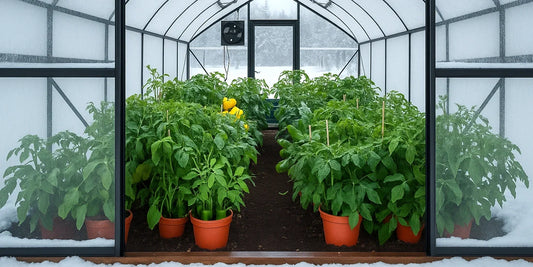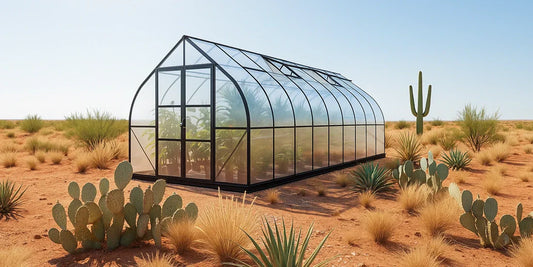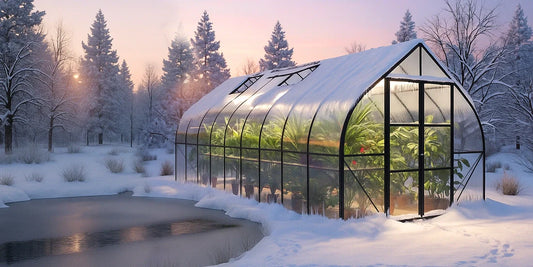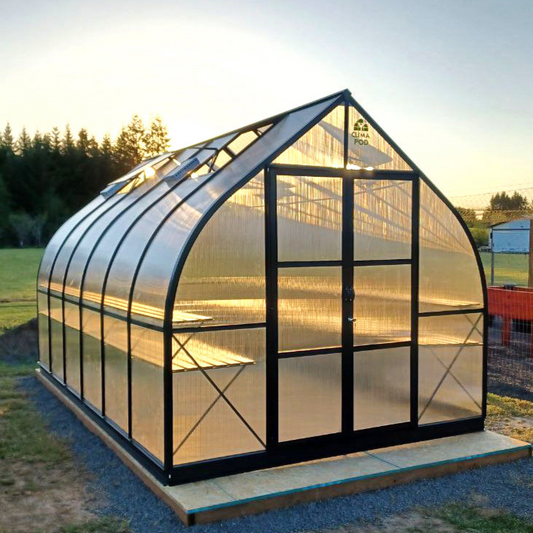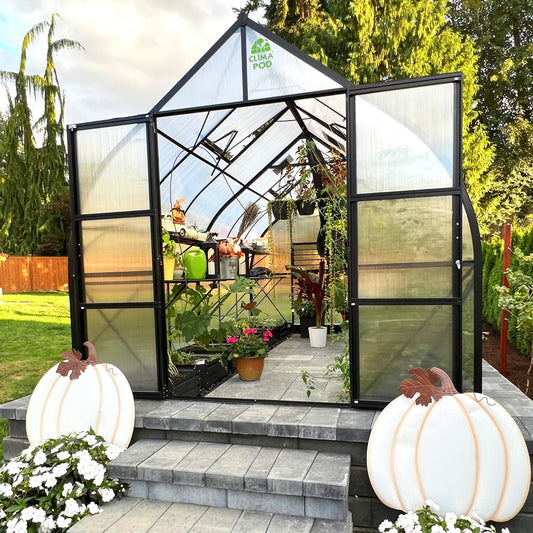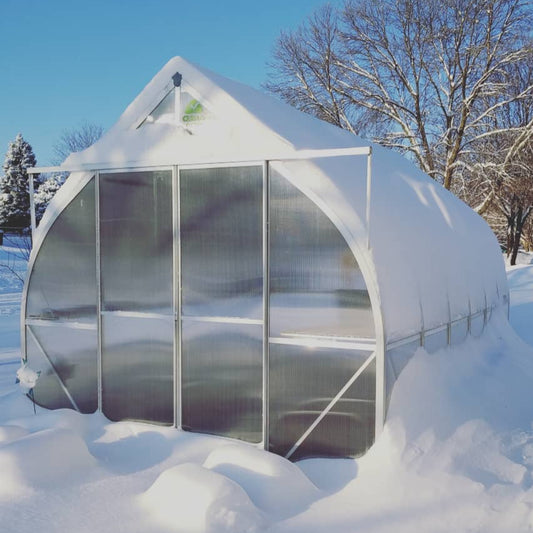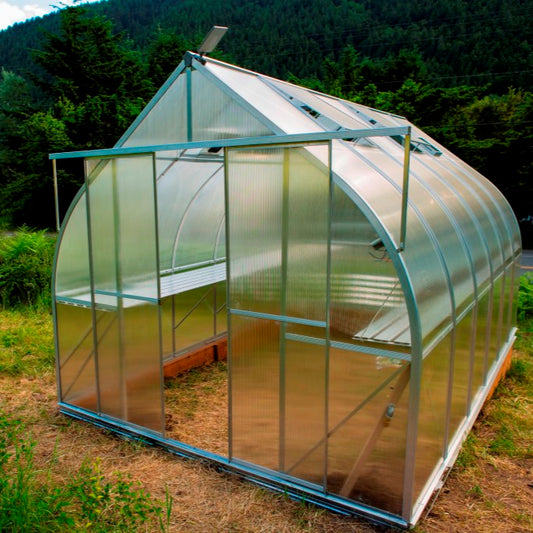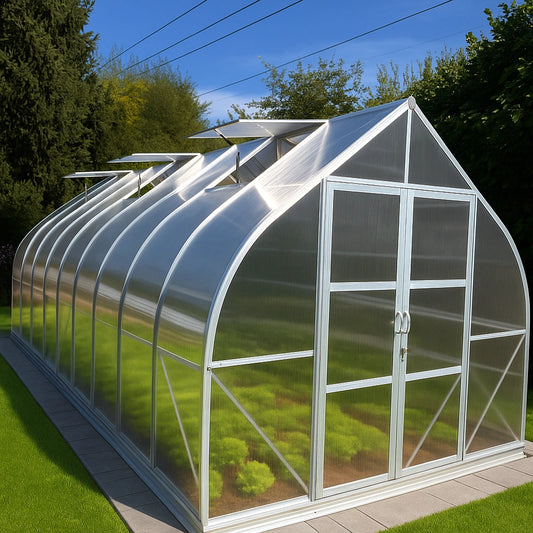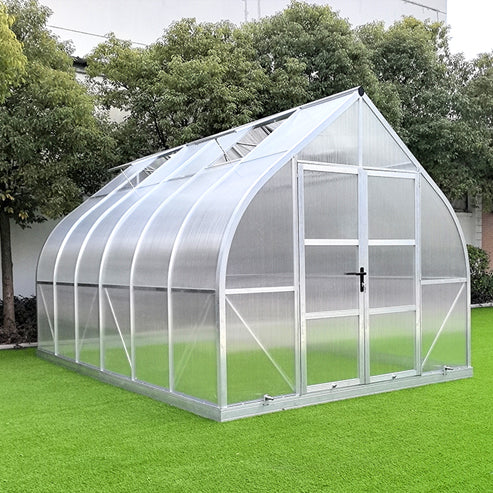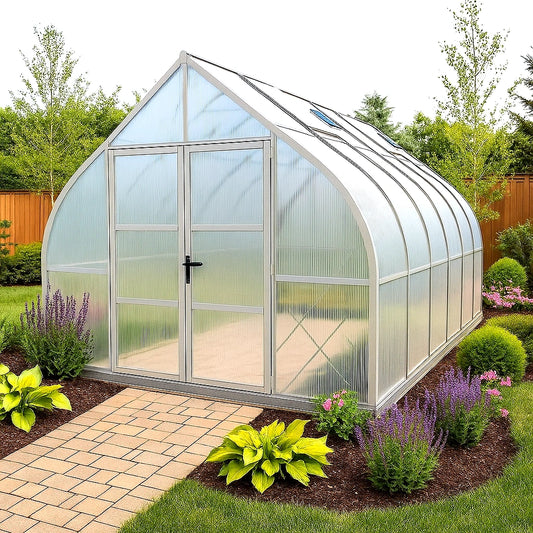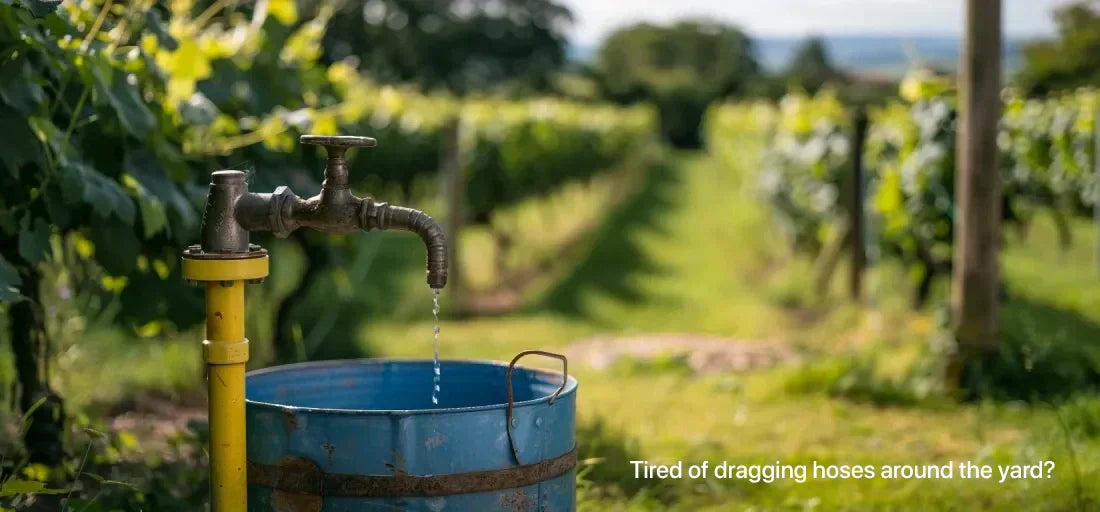
How to Choose the Best Garden Water Pump for Your Yard
The Ultimate Guide to Garden Water Pumps
Watering is one of the most crucial aspects of garden maintenance. Whether you're growing vegetables, herbs, or flowers, proper irrigation ensures your plants thrive. Fortunately, there are several water pump systems that can make the job easier, more efficient, and even automated.

In this article, we’ll explore the most common types of garden water pumps and help you determine which one best fits your needs.
Types of Garden Water Pumps
Water pumps are typically categorized by how they extract water and where they're installed. The most common types are:
1. Surface Water Pumps

These pumps are installed above ground and draw water from shallow sources such as wells, barrels, rivers, or ponds — up to about 10 meters (33 feet) deep.
Surface pumps are ideal for:
- Gardens near natural water sources
- Wells with shallow water levels
- Drip irrigation systems
Advantages:
- Easy installation and maintenance
- Powerful water flow
- Can be DIY-assembled
Tip: Avoid rubber hoses, as they can collapse due to vacuum pressure. Use reinforced hoses and metal fittings for best results.
2. Submersible Water Pumps

Submersible pumps are designed to be placed directly in the water source and are necessary if your water table is deeper than 10 meters (33 feet).
Ideal for:
- Deep wells
- Reliable, long-term water delivery
Types:
- Centrifugal: More powerful, better for dirty or debris-filled water
- Vibrational: Cheaper, but must be used with clean water only
Pros:
- Can lift water from depths of 40 to 80 meters
- Efficient for high-lift applications
Cons:
- Installation typically requires professional help
- More complex to dismantle for winter storage
3. Barrel or Drum Pumps
Drum pumps are compact and perfect for pumping water from barrels or portable containers. These systems are easy to install and ideal for small gardens or temporary setups.
Key Features:
- Quick to install
- Doesn’t overheat easily
- Great for mobile water use
4. Automatic or Drip Irrigation Pumps
These pumps are connected to a timer system, allowing you to automate the watering process. Some models can even be set up as DIY systems using inexpensive timers and valves.
Benefits:
- Saves time and water
- Great for raised beds, greenhouses, and vegetable gardens
Water Quality Considerations
Before choosing a pump, evaluate the water quality and the source location. Pumps that are not designed to handle dirty or debris-filled water can break down quickly. If you're using water from a swampy area or one with high silt content, make sure to include a filtration system.
Pump Operation Methods
Garden water pumps also differ based on their operational mechanism:
• Vortex Pumps
Work best with clean water and create a strong flow. However, they’re less energy-efficient (~45%) and tend to be noisy.
• Centrifugal Pumps
These are versatile and can handle water with varying degrees of contamination. Available in both surface and submersible models, they’re great for long-term use and drip systems.
• Vibrational Pumps
Ideal for use with clean water only. These pumps are cost-effective but more prone to failure if exposed to dirty water.
Power Sources for Pumps
Depending on your needs and budget, you can choose pumps with:
- Electric (wired) power – Best for consistent use
- Gasoline-powered systems – Ideal for remote locations
- Battery or solar-powered options – Eco-friendly but costlier upfront
Final Thoughts
Selecting the right garden water pump depends on several factors: water source depth, water quality, garden size, and how hands-on you want to be. Surface pumps are best for most home gardens, while submersible pumps are necessary for deeper wells. Barrel pumps and drip systems are excellent additions for convenience and water conservation.
Whether you're setting up a small home garden or managing a large yard, a properly chosen pump can save you time, effort, and water.

